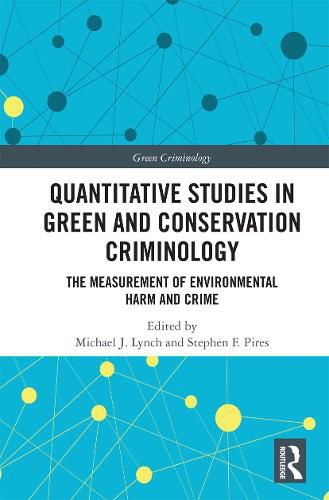Readings Newsletter
Become a Readings Member to make your shopping experience even easier.
Sign in or sign up for free!
You’re not far away from qualifying for FREE standard shipping within Australia
You’ve qualified for FREE standard shipping within Australia
The cart is loading…






During the early development and throughout the short history of green/conservation criminology, limited attention has been directed toward quantitative analyses of relevant environmental crime, law and justice concerns. While recognizing the importance of establishing a theory and terminology in the early stages of development, this book redresses this imbalance. The work features contributions that undertake empirical quantitative studies of green/conservation crime and justice issues by both conservation and green criminologists. The collection highlights the shared concerns of these groups within important forms of ecological crime and victimization, and illustrates the ways in which these approaches can be undertaken quantitatively. It includes quantitative conservation/green criminological studies that represent the work of both well-established scholars in these fields, along with studies by scholars whose works are less well-known and who are also contributing to shaping this area of research.
The book presents a valuable contribution to the areas of Green and Conservation Criminology. It will appeal to academics and students working in these areas.
$9.00 standard shipping within Australia
FREE standard shipping within Australia for orders over $100.00
Express & International shipping calculated at checkout
During the early development and throughout the short history of green/conservation criminology, limited attention has been directed toward quantitative analyses of relevant environmental crime, law and justice concerns. While recognizing the importance of establishing a theory and terminology in the early stages of development, this book redresses this imbalance. The work features contributions that undertake empirical quantitative studies of green/conservation crime and justice issues by both conservation and green criminologists. The collection highlights the shared concerns of these groups within important forms of ecological crime and victimization, and illustrates the ways in which these approaches can be undertaken quantitatively. It includes quantitative conservation/green criminological studies that represent the work of both well-established scholars in these fields, along with studies by scholars whose works are less well-known and who are also contributing to shaping this area of research.
The book presents a valuable contribution to the areas of Green and Conservation Criminology. It will appeal to academics and students working in these areas.